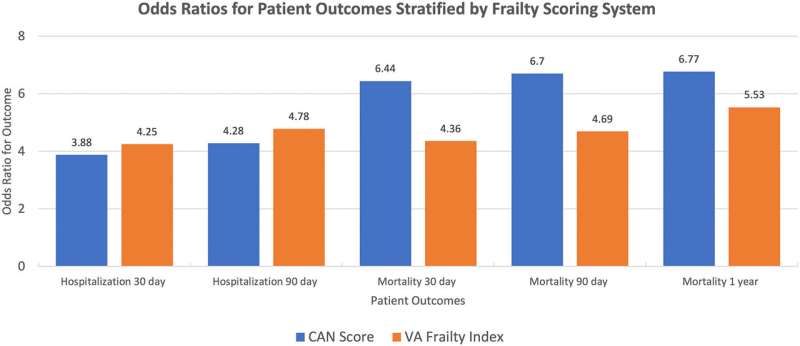
Even before the COVID-19 pandemic, more than 100 million hospital emergency department (ED) visits took place annually in the U.S. In two studies, Regenstrief Institute Research Scientist Sharmistha Dev, M.D., MPH, and colleagues characterize an ED visit as part of a continuum of care, exploring how an ED visit is a valuable arena to support care beyond the issue that motivated the visit.
“Many people view a patient’s ED visit as a moment of acute care and a moment of dealing with just one issue and then the patient is either admitted or discharged. But if you analyze it, you’ll see that the emergency visit is actually part of a continuum of care,” said Dr. Dev, an emergency medicine and internal medicine physician.
“An ED visit affects the trajectory of the patient’s care down the line and is influenced by the type of primary care received prior to the trip to the ED. It’s not just a moment in time. It’s part of the whole continuum of care.” In addition to her Regenstrief Institute appointment, Dr. Dev is on faculty with IU School of Medicine and is affiliated with the Roudebush VA Medical Center in Indianapolis.
The two studies, both published in Academic Emergency Medicine, focus on issues involved in care for older adults—evaluation of frailty in at-risk ED patients and the impact of ED deprescribing of potentially inappropriate medications for aging patients.
“For the geriatric patient population, the ED visit is not just something that happens in a vacuum. It happens because they have certain chronic medical conditions that make them more susceptible to certain acute illnesses or incidents—such as a fall—that may cause them to present in the emergency department,” said Dr. Dev.
“So having a line of communication open between the emergency department and the primary care doctor is beneficial because it provides a more complete picture for subsequent care whether on the inpatient or outpatient setting.”
Care in an ED is provided by collaborative teams including physicians, nurses, social workers, pharmacists, physical therapists and others. In addition to assessing and often treating acute illnesses and injuries, EDs frequently serve as safety net care providers for uninsured or underinsured patients.
Evaluating frailty: Condition is concern for growing number of ED patients
Frailty is a clinical syndrome that diminishes response to stressors posed by acute illness. Increased frailty is strongly associated with hospitalization and death. Mild, moderate or severe frailty can be identified via clinician assessment.
Signs of frailty:
- weakness
- slowness
- low level of physical activity
- self-reported exhaustion
- unintentional weight loss
Dr. Dev led a study that analyzed the electronic health records (EHRs) of patients who made a total of more than 9 million visits between 2017 and 2020 to all Veterans Health Administration (VA) EDs nationally.
Co-authors of this study of nationwide data included Regenstrief Institute research scientists Andrew A. Gonzalez, M.D., J.D., MPH, and Dawn Bravata, M.D. The researchers reported that frailty was common within the aging VA population. They evaluated frailty screening tools and assessed their administration within the fast-paced ED environment.
The study authors write that VA EDs represent key sites for frailty recognition and identification of individuals at high risk for adverse outcomes. They conclude that identifying individuals in the ED may allow for better targeting of scarce resources.
“Our study indicates that evaluating frailty in the ED with one or both of two administratively derived assessment tools that can be efficiently administered in the ED is beneficial to both patients and healthcare systems,” said Dr. Dev. “While we looked only at VA EDs, as EDs across the U.S. become more geriatric friendly, we would hope to see the same beneficial outcome in non-VA EDs.”
The paper notes, “… previous studies have shown a strong correlation between age and increased frailty. Gaining a deeper understanding of frailty has become ever more pressing as the population of the United States continues to age.”
More information:
Sharmistha Dev et al, Validating administratively derived frailty scores for use in Veterans Health Administration emergency departments, Academic Emergency Medicine (2023). DOI: 10.1111/acem.14705
Journal information:
Academic Emergency Medicine
Source: Read Full Article
